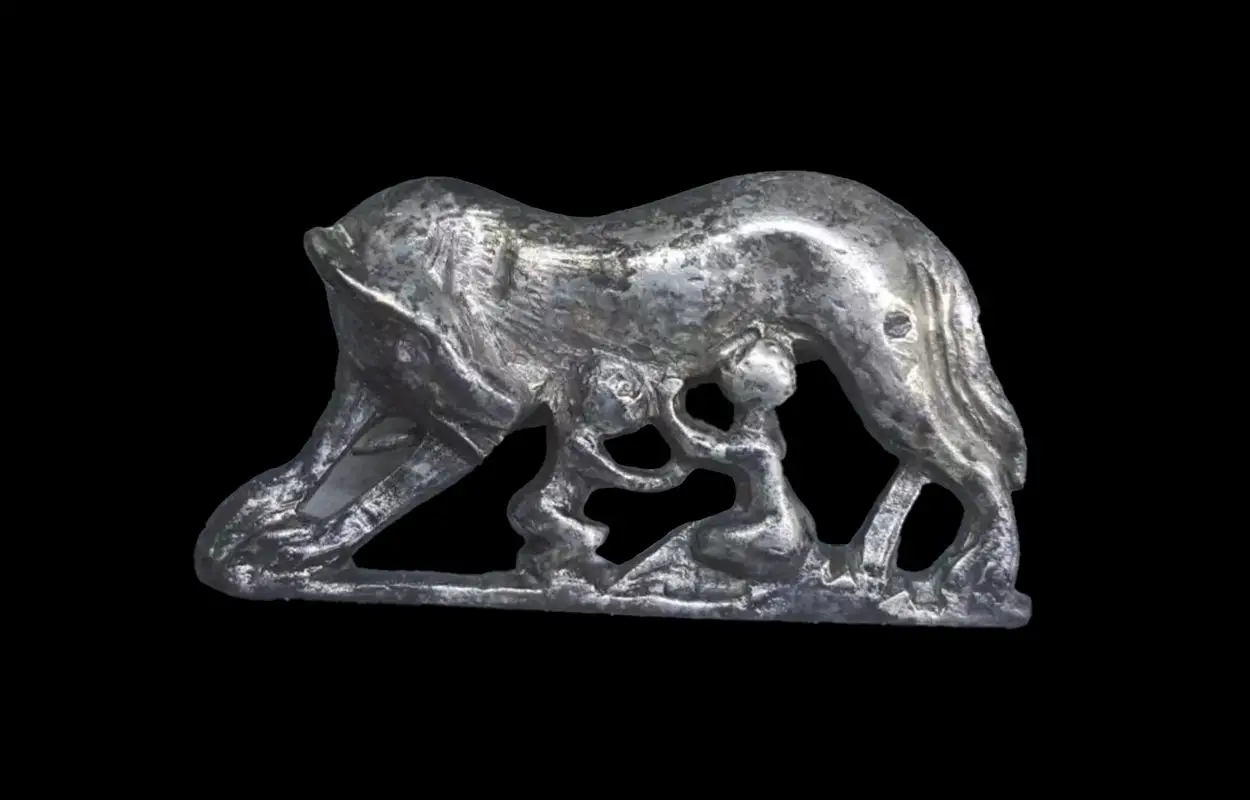The Department of Culture of the Generalitat Valenciana has announced the discovery of a rare silver brooch depicting Romulus and Remus.
In Roman mythology, Romulus and Remus were twin brothers, whose narrative recounts the founding myth of Rome and the Roman Kingdom.
The twins were born in Alba Longa to their mother, Rhea Silvia, the daughter of their deposed grandfather, the former King Numitor. Seeing the infants as a threat, King Amulius (Numitor’s brother), ordered the twins to be abandoned on the bank of the river Tiber and left to die.
The story varies depending on the source, but the most prominent tale tells of the twins being rescued by a she-wolf, who suckled them in a cave known as the Lupercal (located at the southwest foot of the Palatine Hill in Rome). Upon learning of their past, they kill Amulius and reinstate Numitor as king of Alba.
Following an argument between the two twins, Romulus commits fratricide against Remus and founds the city of Rome.
The silver brooch shows a depiction of the she-wolf suckling the twins in their infancy, which has become the primary symbol of the city of Rome since the 3rd century BC.
Archaeologist, Josep Carbó, said: “It is an exceptional piece due to its rarity and quality, since there are very few pieces of this type that have been studied.”
Measuring 4 cm’s in size, the brooch dates from the 2nd century AD and was found during excavations of an ancient public building used for postal services during the Roman period.
Header Image Credit : The Department of Culture of the Generalitat Valenciana





